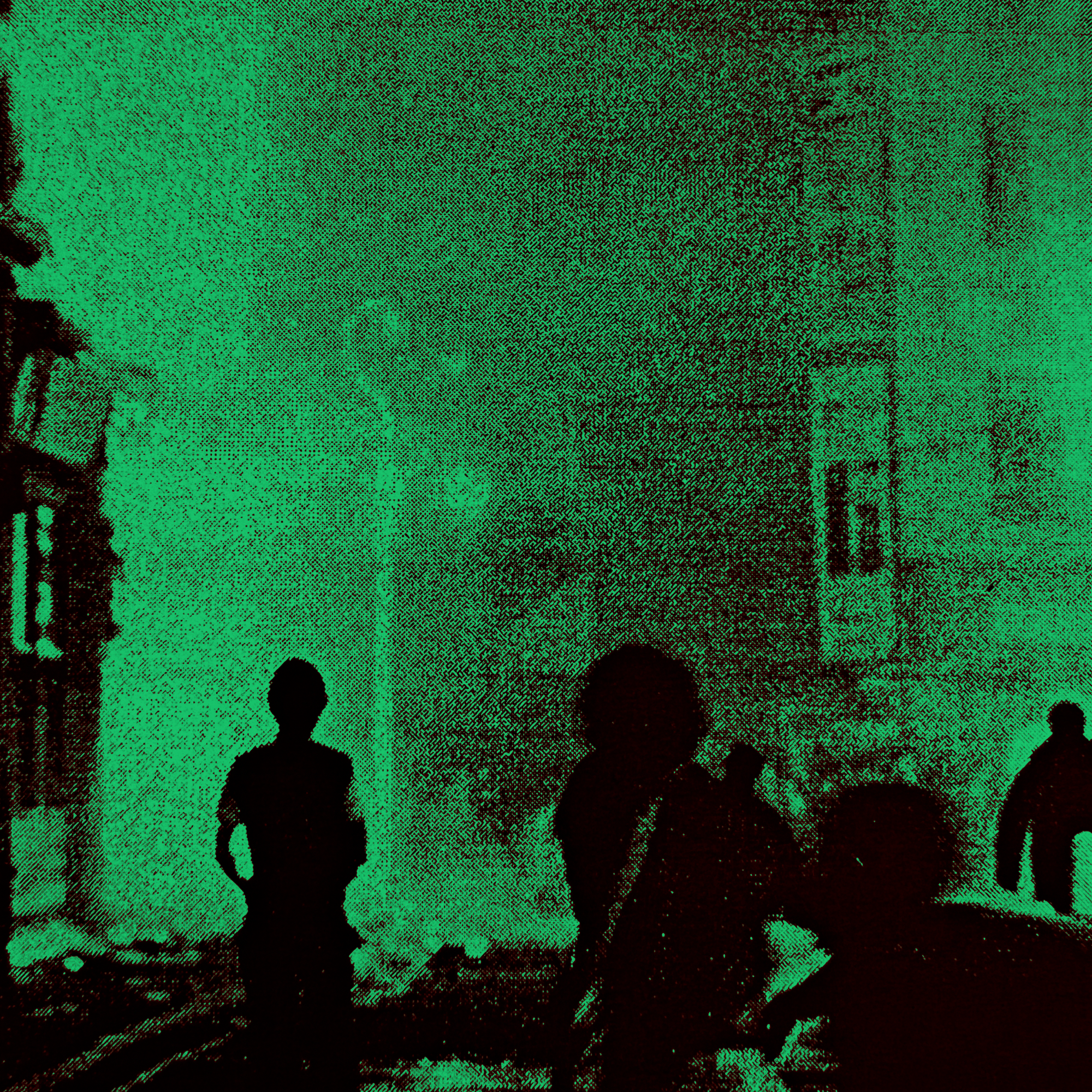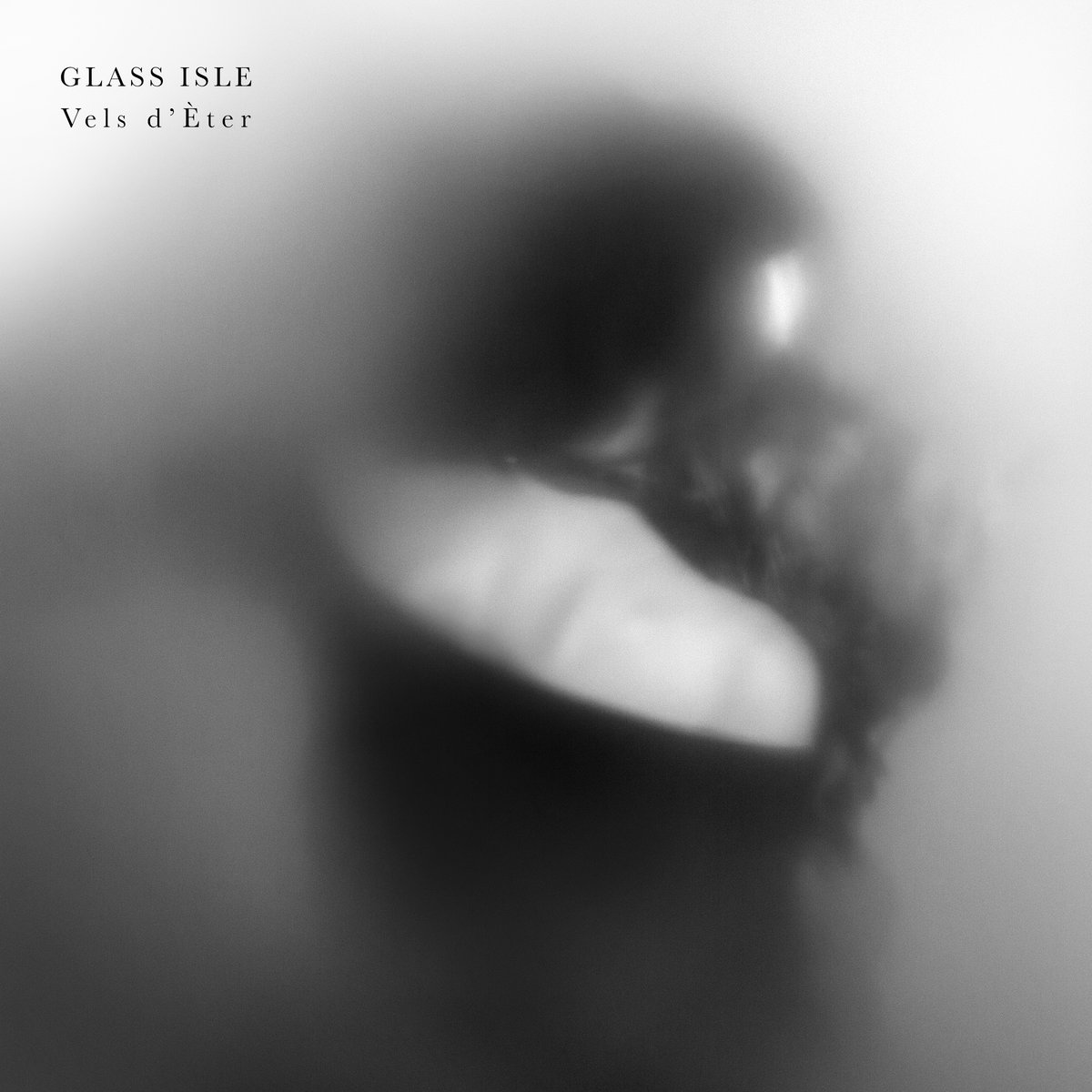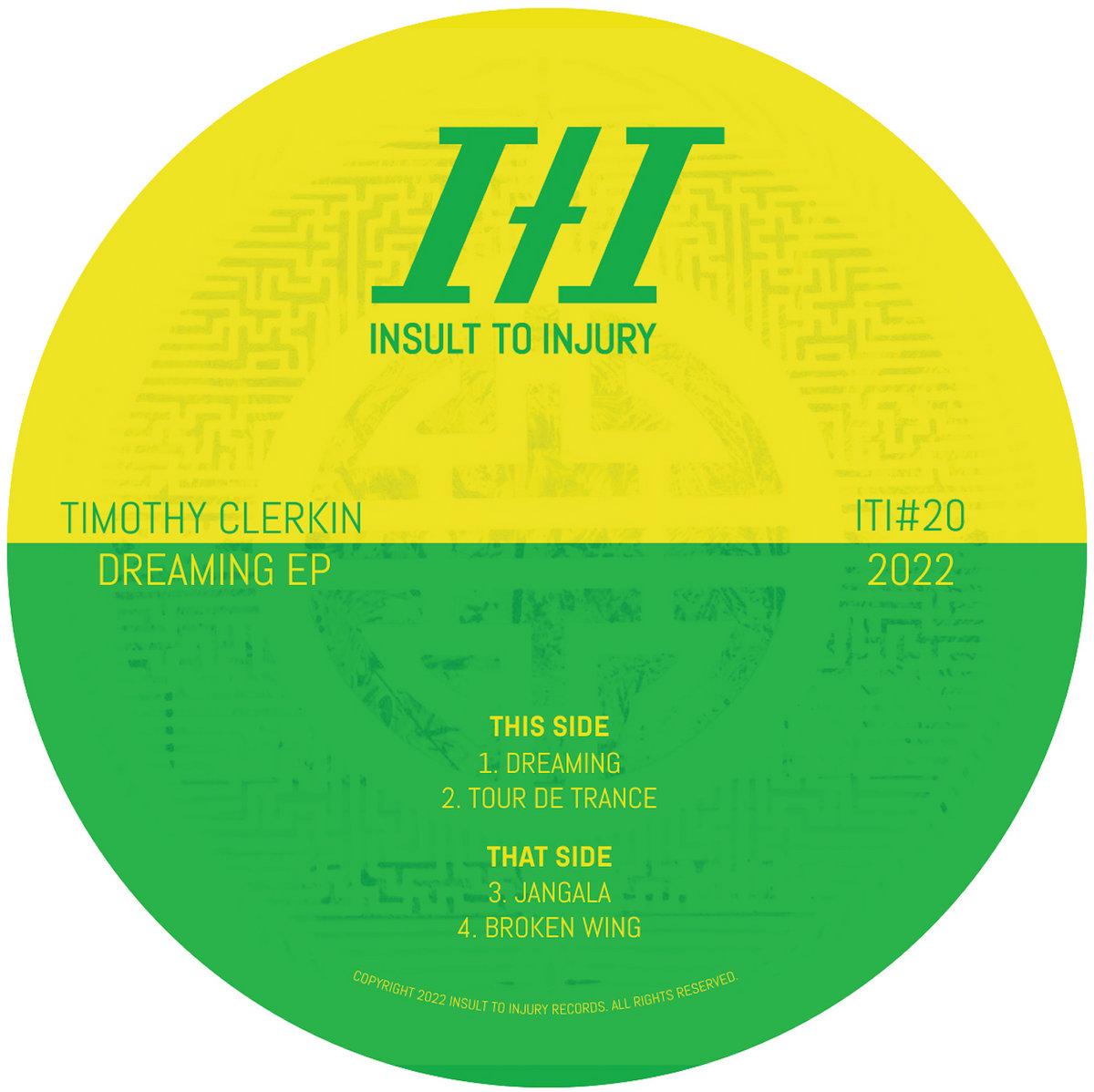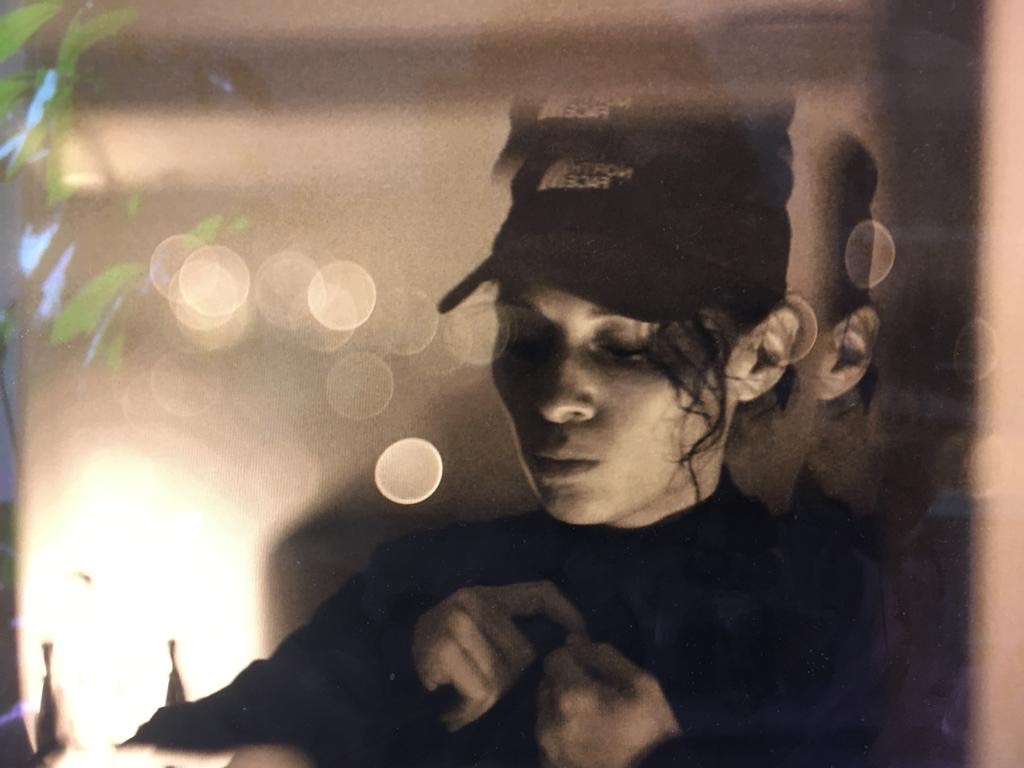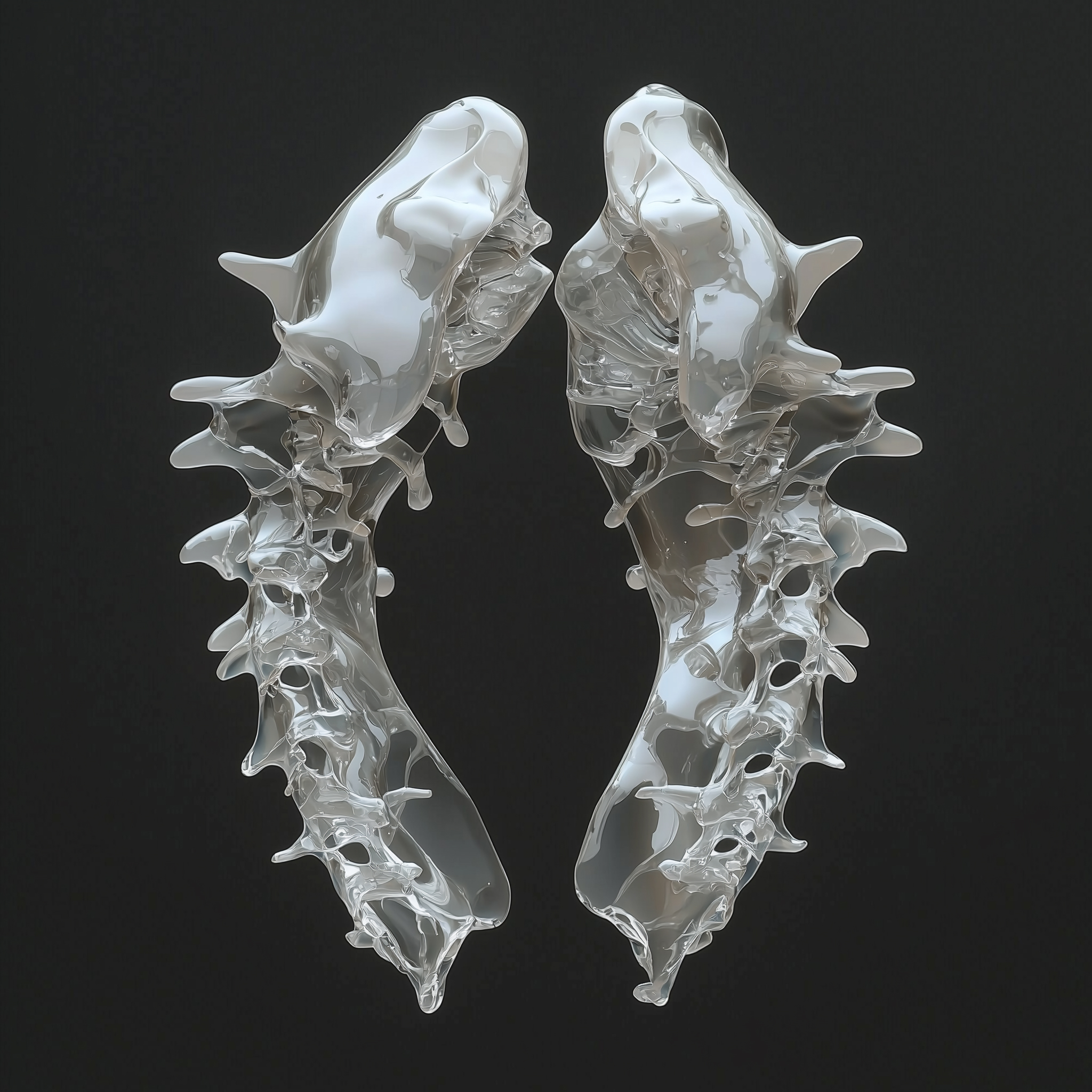The Bitmap Brothers – Remembering The Music Of Amiga Pioneers
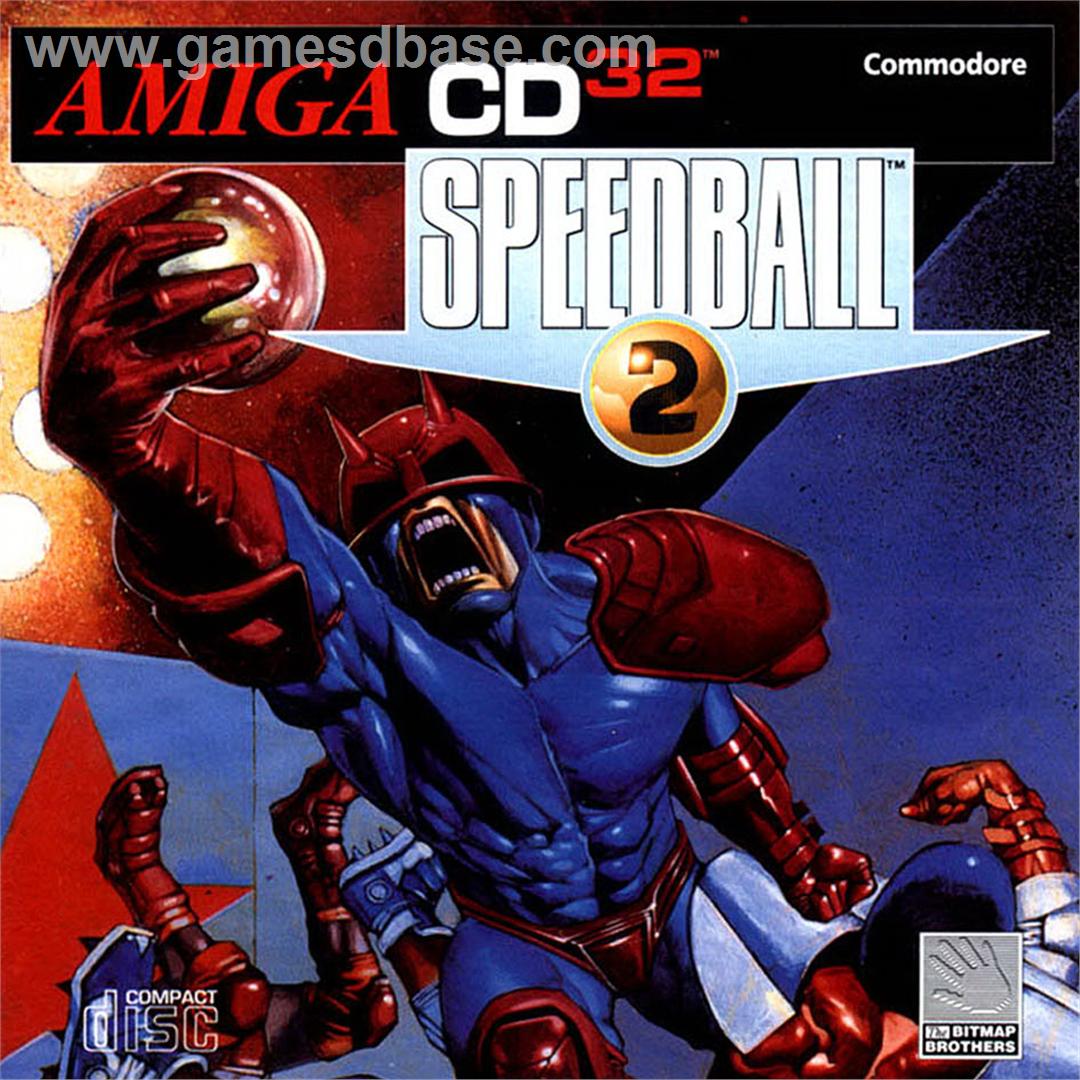
Thirty odd years on, and we’re experiencing a surge of interest in the classic soundtracks released in the formative days of home computing….
There was a minor viral explosion upon the recent discovery that the soundtrack to Sega game Wolvering Adamantium Rage, produced by one half of jump up junglist duo Rude n Dreadly, sounded a lot like grime about 10 years before the genre was invented. So much so in fact, that current producer Sir Pixalot recently got a bunch of MCs to spit over the track with brutal effect:
So it seems worth exploring some of the other pioneers of 16bit music – and where better to start than The Bitmap Brothers…
If you ever owned an Amiga computer you know The Bitmap Brothers. In the late 80s and early 90s, the Wapping based production house released a run of classic 16 bit games, all distinguished by high quality graphics, insanely hard gameplay, lurid box art, and banging soundtracks. With titles including all time classics such as Xenon 1&2, Speedball 1&2, Gods and the Chaos Engine series, they burned themselves into the consciousness of a generation of Amiga battering teens.
Unusually for a production house, Bitmap Brothers fancied themselves as a bit rock n roll; something of a precursor to Rockstar Games. Notoriously, they released a publicity shot where the company founders were posing next to a helicopter belonging to there then publisher Robert Maxwell.

“We never did get to meet Robert Maxwell” Bitmap Brothers co-found Mike Montgomery told Red Bull in interview, "the day we got permission to use his helicopter for the photo-shoot was a nightmare, as we had only twenty minutes to do it before it was wrapped up and we had no idea what time this would be. Robert was at an Epsom race horse meeting that day, so we had to wait with our photographer from about midday until he landed on the top floor of the Maxwell building. It was a stroke of luck that he landed just as the sun went down, which of course made the pictures even better."
This being the 90s with rave culture taking a firm grip on the mainstream, any production house trying to position itself as the bad boys of game culture (not hard given the competition) were going to need to work with the music of the day. And so that’s what Bitmap did, pulling in compositions from (amongst others) Bomb the Bass and synth veteran John Foxx, getting them to work within the rigid constraints of programs such as Ultimate Soundtracker to create strange hybrids of techno, breakbeat and italo disco – somewhere between cheesy and ambitious. Reverb and delay are alien concepts in these tunes, the sounds stab in and out with jagged, bolshy energy. Every instrument is created with rudimental digital synthesis, as a result, even the pads that are supposed to sound smooth sound angry.
Here’s a selected chronology…
Xenon Intro Music
An aggy stepper, made from needling sawtoothed synths and horrible digital guitar stabs, all set over an arpeggiating Italo disco bassline. Not the greatest of Bitmap’s work (it was their first release after all), but still a pretty accurate representation of the sound that teenage boys hyped on party size bottles of Tango needed to mash buttons to.
Speedball 1
This is more like it. A moody, minor key bass line pounds away relentlessly. Over the top there are foreboding digi-marimbas interplaying with nasty arpeggiated square waves. The drums sounds like they’re made from thin, corroded metal and the track is just sinister from start to finish. The composer was David Whittaker, who by rights should be a lot more famous, having written more video game soundtracks than most of the other top composers combined, including his most famous work, the all time great Shadow of the Beast
Xenon 2: Megablast
The first time Bitmap used a composer from outside the world of computer games they chose Bomb The Bass’s Tim Simenon. Simenon provided his then single Megablast, which the previously mentioned David Whittaker converted into game format. Megablast itself was built around a riff taken wholesale from John Carpenter’s soundtrack to Assault on Precinct 13. This was quite a neat full circle; Carpenter who had influenced so many early dance producers with his synth heavy film scores, ended up influencing a new generation by inadvertently soundtracking one of the biggest games of the early 90s.
Cadaver
Cadaver was composed by the pioneer Richard Joseph, who passed away in 2007. Joseph was noted for bringing established recording artists in to work on games (more on that in a bit) and for his introduction of voice emulation in soundtracks. Cadaver is a bit of a strange beast as a track, think of it as militant medieval coldwave. The vocal chants were pretty groundbreaking, sounding like the kind of ‘huh’ chant you’d hear on a current Atlanta hip hop production. The digi cello just sounds – as with most Bitmap Brothers – bitty, nasty, and juicy with unpleasant tension.
Speedball 2
So, personally, this is the cut I want someone to cover. Again, this was worked on by the late, great Richard Joseph, in this case working with Nation XII, the synth project of John Foxx and Simon Rogers. Between them they’ve come up with a tune built from bass and threat – that opening riff in particular sounds like the kind of industrial grind that would have had the 80s dance clubs of Chicago and Detroit jumping.
Gods
A return for John Foxx with his Nation XII guise, this intro track has all the hallmarks of a low-res attempt to deliver an ambient house classic – there’s a shuffling breakbeat, vaguely portentous, if essentially meaningless vocals ‘into… the wonderful’, big and a synthetic swooping choral effect that sounds pure Madchester – like someone’s trapped Inspiral Carpets inside the Amiga. The game was a killer as well.
Magic Pockets
OK, so no point lying, this is actually crap. But it’s worth noting that the Magic Pockets soundtrack was lifted from then popstar Betty Boo’s Doin’ the Do. The original is a light hearted slice of urban pop. This Amiga remake is a fun starved nightmare that clunks and horrifies. Of historical value only.
The Chaos Engine
And finally, Bitmap’s music gets back on track – once again with Richard Joseph at the helm, this is the most obviously rave influenced tune they put together. The opening sirens are mean, the breaks are fast and there’s plenty of nutty Prodigy influence. This was pretty much it for Bitmap Brothers – but over the course of a few games they managed to prove something that is now taken as a given- that computer games could sound amazing..
Into the Wonderful, A book examining the Bitmap Brothers legacy is coming out soon – more details over here











